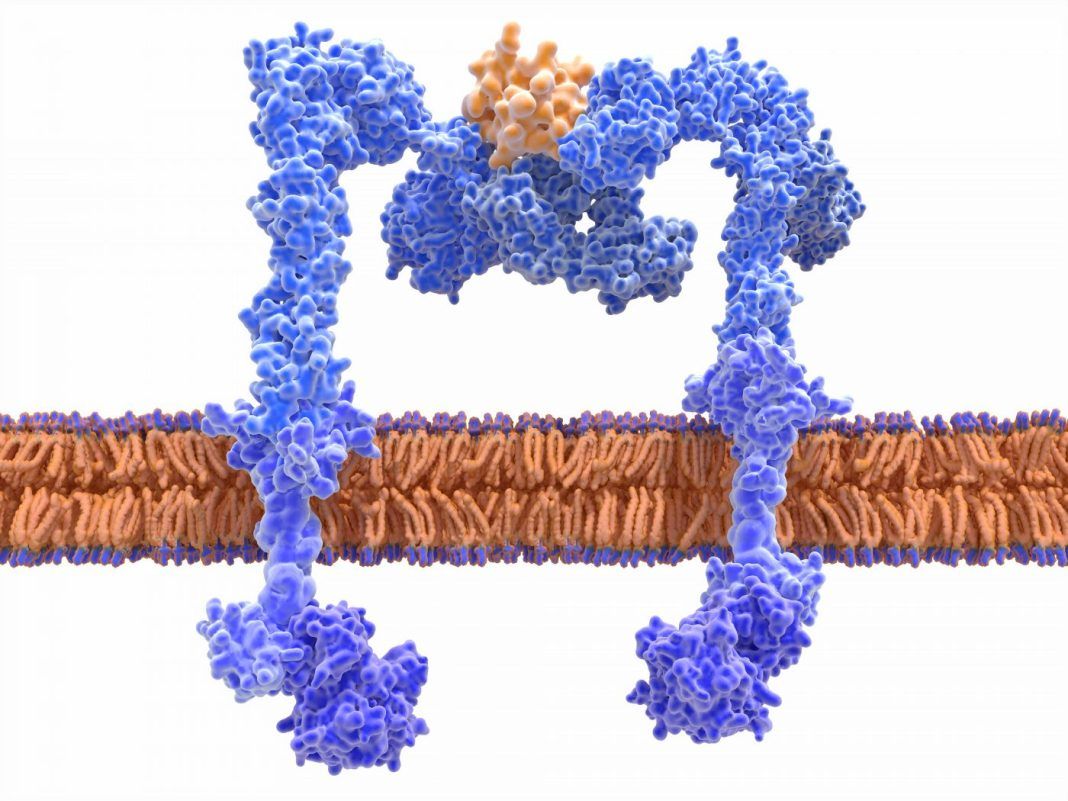Researchers at the University of Tokyo report they have uncovered an enzyme called Akt2 that when activated, plays a vital role in initiating glycolysis which involves breaking down glucose to produce energy, and nucleotide metabolism which involves synthesizing or breaking down DNA and RNA. The findings may pave the way for Akt2-targeting therapeutics for diabetes and metabolic disorders.
Their study, “Optogenetic decoding of Akt2-regulated metabolic signaling pathways in skeletal muscle cells using transomics analysis,” is published in Science Signaling and led by Takeaki Ozawa, PhD, of the University of Tokyo.
“Cellular metabolism includes many molecular pathways that regulate nutrient storage and energy production—all influenced or controlled by insulin. We know many of the key players involved in insulin pathways. But we are now interested in how these players play a role as individuals,” Ozawa said when asked about their motivation to study Akt2.
The researchers used a new analytical method called “transomics” analysis, paired with “optogenetics” technology. Optogenetics technology allowed the researchers to specifically activate Akt2 by shining light onto light-sensitive Akt2 molecules inside cells.
When they turn a light on, the researchers observed that all the Akt2 molecules assemble at the cell membrane. Turning the light off, inactivated Akt2.
To understand the consequences of Akt2 activation, the researchers activated Akt2 in mouse skeletal muscle cells. Then they collected large-scale data on the biomolecules produced or degraded soon after. The transomics analysis revealed the molecular network triggered by Akt2 activation.
They observed that Akt2 uses different regulation mechanisms compared to insulin. The Akt2-regulated network included 9 genes, 56 metabolic enzymes, and 23 metabolites.
“These results can contribute to elucidating the mechanisms of disease onset caused by mutations in Akt2 function,” Ozawa said. “They can also help the development of drugs targeting Akt2. The analytical framework used in this study is applicable to other biomolecules too. So, this approach is versatile to analyze the function of a specific enzyme inside a cell.”




